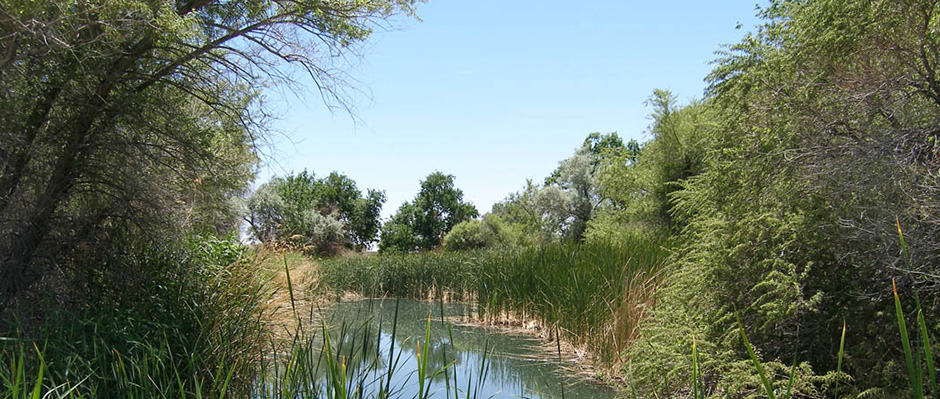Share this article
DOD Requests Clarification to Ensure DOI Keeps Refuge
The Department of Defense (DOD) requested a change last Friday to current language in the House’s defense authorization bill so primary jurisdiction of refuge land would not be transferred to the Air Force. The Air Force currently has secondary jurisdiction over approximately 850,000 acres of Nevada’s Desert National Wildlife Refuge for use in military testing. Of these 850,000 acres, about 112,000 acres are used in bombing exercises.
Primary jurisdiction over the entire refuge is currently in the hands of the U.S. Fish and Wildlife Service (FWS) within the Department of the Interior (DOI). Earlier on Friday, Secretary of the Interior Sally Jewell sent a letter to the House and Senate Armed Services committees requesting they clarify the language regarding jurisdiction of the refuge. She stated in the letter that the changes are “not necessary, undercut core environmental laws, and do not promote military readiness.”
Initially the DOD was in favor of the bill’s current language because it was intended to exempt the military’s use of public lands from impact reviews by the DOI. The DOD discovered the potential for broader interpretation of the bill after conferring with the DOI, and has now requested a clarification to the language to ensure management remains in the hands of the FWS.
The House and Senate versions of the defense authorization bill are currently in conference committee, where the differences between the two will be hashed out. Since this language is absent from the Senate version of the bill and there is opposition from the DOD and the DOI, chances seem high this language will be rewritten and jurisdiction of the refuge will remain with the FWS.
However, more obstacles lie ahead for the DOI in their attempts to get a favorable defense authorization bill passed.
The House version of the bill would force the DOI to remove the lesser prairie chicken (Tympanuchus pallidicinctus) and the American burying beetle (Nicrophorus americanus) from the Endangered Species List for at least the next five years. The bill also bars the greater sage-grouse (Centrocercus urophasianus) from being listed as an endangered species for the next decade. Although Secretary Jewell has stated her objections to these provisions and they are not included in the Senate version of the bill, the future of this language is more unclear.
Source: Environment & Energy Daily (July 13, 2015), Environment & Energy Daily (July 9, 2015), Greenwire (May 15, 2015), Environment & Energy Daily (April 30, 2015)
Header Image: Image Credit: David McMahan, Fish and Wildlife Service








